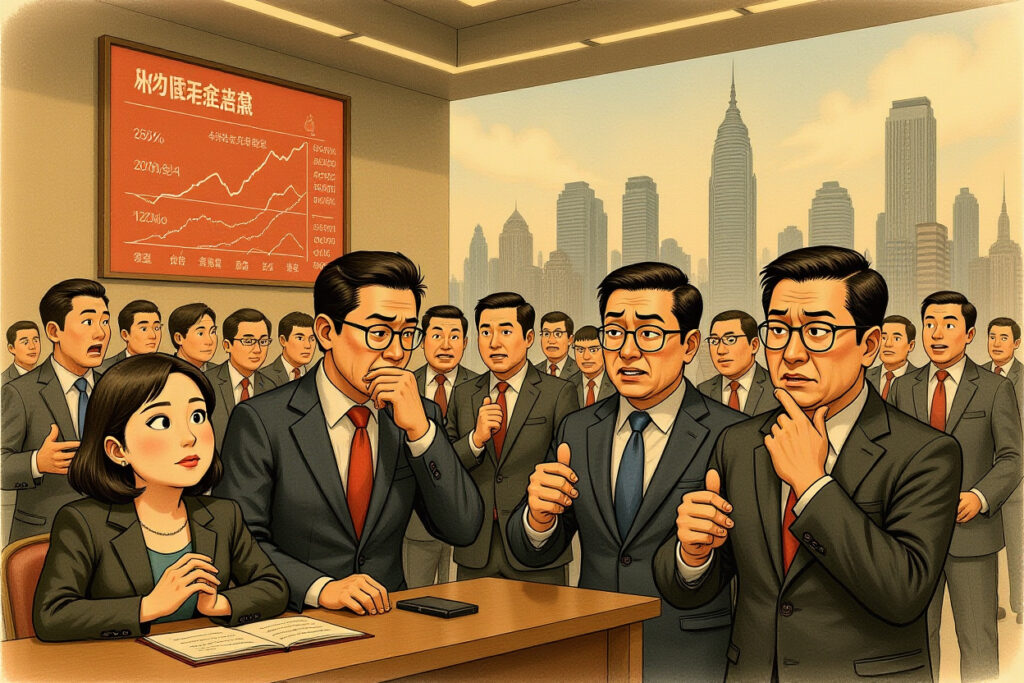Regulatory Intervention Triggers Major Electric Vehicle Recall
China’s automotive industry faces a significant regulatory moment as Xiaomi Automotive undergoes a compelled recall of 117,000 SU7 electric vehicles. The recall, initiated under investigation by the State Administration for Market Regulation (国家市场监督管理总局), represents a critical development in how Chinese authorities treat over-the-air (OTA) updates that address safety defects.
Recall Details and Regulatory Classification
The recall carries official identification numbers S2025M0149I and S2025M0150I, with the ‘I’ suffix specifically indicating an investigation-influenced recall rather than voluntary action. This classification places the Xiaomi SU7 recall in a different category than recent voluntary recalls by competitors including XPeng (小鹏汽车) and FAW Toyota (一汽丰田).
The Blurring Line Between OTA Updates and Mandatory Recalls
While Xiaomi’s announcement described the action as enhancing “assisted driving function reliability,” regulatory documents reveal the update addresses safety defects categorized as Class S – the most serious classification indicating direct safety implications. This Xiaomi SU7 recall situation demonstrates how OTA technology has complicated traditional recall processes.
Regulatory Framework Evolution
The Ministry of Industry and Information Technology (工业和信息化部) and State Administration for Market Regulation recently issued strengthened guidelines titled “Notice on Further Strengthening the Management of Market Access, Recall and Software Online Upgrade of Intelligent Connected Vehicles.” These guidelines explicitly state that OTA activities addressing defects must follow formal recall procedures under the “Regulations on the Implementation of the Management of Defective Automobile Products Recall” (缺陷汽车产品召回管理条例实施办法).
Industry Implications and Precedent Setting
The compelled Xiaomi SU7 recall establishes important precedents for how Chinese regulators will treat software-defined vehicles. Unlike traditional recalls requiring physical part replacements, this action involves purely digital remediation while still carrying full regulatory weight.
Comparative Industry Actions
– FAW Toyota recall (S2025M0124V): Voluntary action addressing battery management systems
– XPeng recall (S2025M0142V): Proactive software update for autonomous driving functions
– Historical context: Tesla’s 2022 recall of 1.1 million vehicles in China via OTA update
Investor Implications and Market Impact
This regulatory development carries significant implications for investors in Chinese electric vehicle manufacturers. The compelled Xiaomi SU7 recall demonstrates regulators’ increasing sophistication in monitoring software-based safety issues and their willingness to intervene when companies don’t self-identify problems proactively.
Financial and Operational Consequences
While OTA updates reduce physical recall costs, the regulatory designation still triggers requirements to immediately halt production and sales of affected vehicles until defects are resolved. For Xiaomi, which has invested heavily in its automotive division, this represents both reputational damage and potential production disruptions.
Future Regulatory Expectations and Compliance Requirements
Industry analysts expect increased scrutiny of OTA updates following this Xiaomi SU7 recall action. Manufacturers must now clearly distinguish between routine improvements and updates addressing safety defects, with the latter requiring formal recall procedures regardless of delivery method.
Compliance Best Practices
– Establish clear protocols for classifying OTA update types
– Maintain open communication with regulatory authorities
– Implement robust testing procedures for assisted driving systems
– Develop transparent reporting mechanisms for potential defects
Strategic Considerations for Automotive Investors
This regulatory action signals broader changes in how Chinese authorities oversee intelligent connected vehicles. Investors should monitor several key factors when evaluating automotive companies in this evolving landscape.
Key Evaluation Metrics
– Regulatory compliance history and transparency
– OTA update classification and reporting practices
– Relationships with regulatory authorities
– Investment in safety testing and validation processes
Moving Forward in China’s Evolving Auto Regulatory Environment
The Xiaomi SU7 recall represents a watershed moment for China’s electric vehicle industry, demonstrating regulators’ commitment to ensuring software updates addressing safety defects receive appropriate oversight. This action clarifies that OTA capability doesn’t exempt manufacturers from traditional recall obligations when safety issues emerge.
Industry participants must now navigate increasingly sophisticated regulatory expectations while maintaining innovation pace. Companies that proactively establish robust safety validation processes and transparent reporting mechanisms will likely fare best in this new environment. Investors should prioritize manufacturers demonstrating strong regulatory relationships and compliance cultures, as these factors become increasingly critical in China’s rapidly evolving automotive market.
For ongoing coverage of regulatory developments affecting Chinese electric vehicle manufacturers, subscribe to our regulatory update service and download our specialized automotive sector monitoring tools.




